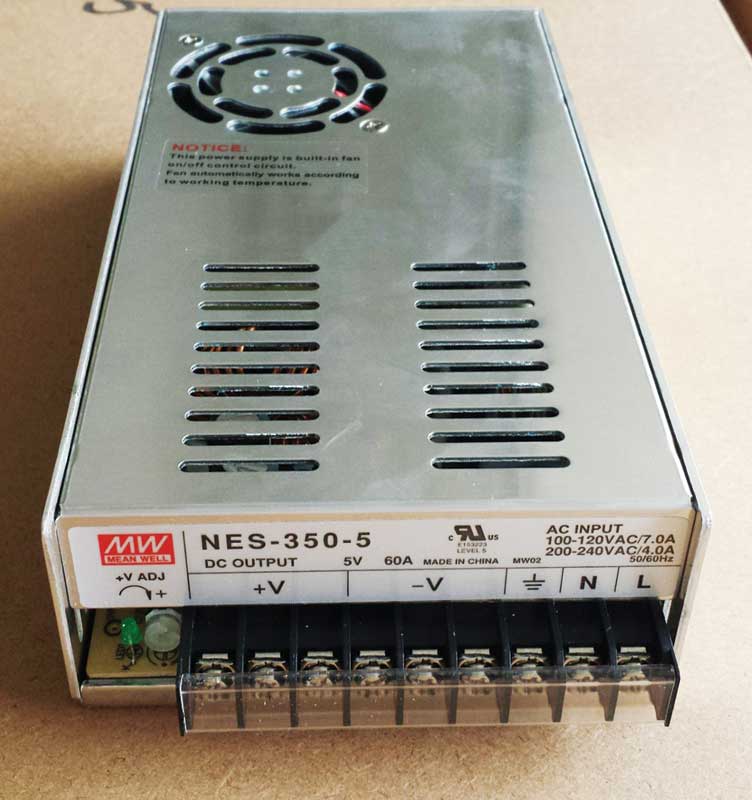By John P. Heath
There are many ways to measure the power consumption of an electronic message centre (EMC). One could add up the power supplies and heaters; or calculate consumption for each light-emitting diode (LED) and set the duty cycle at 65 per cent; or calculate an average that is much less than the sign’s maximum power level.
With a typical EMC, 95 per cent of the power is used by direct current (DC) power supplies to provide stable, regulated voltage to the LED modules. The other five per cent is used by the cooling fans and standby idling current.
Duty cycle
The duty cycle of an LED-based EMC relates directly to the sign’s brightness and its degree of power consumption.
Using ambient light sensors, EMCs can be brightened or dimmed based on the client’s needs. That is not to say the electronics within the sign can accommodate ‘medium-bright’ or ‘dim’ LEDs. Rather, they can only turn the LEDs on—i.e. to full brightness—or off. Dimming effects are instead accomplished through the clever trick of changing the duty cycle of the LEDs.
This process, which involves adjusting the amount of time each LED is on or off, is commonly referred to as Class D modulation. A ‘medium-bright’ LED has a 50 per cent duty cycle, as it is only on for 50 per cent of the time. A ‘dim’ LED has a duty cycle of 10 per cent, as it is on for only 10 per cent of the time and off for the other 90 per cent. A dimmer control for LED illumination of a room works on a similar principle, changing the duty cycle to dim the lights.
The relationship between duty cycle and power consumption is a 1:1 ratio. If the duty cycle is increased by 10 per cent, then the power consumption rises by 10 per cent, too.

One way to measure the power consumption of an EMC is to add up its power supplies (example pictured) and heaters.
Minimum, average and maximum
An EMC’s minimum and maximum power levels are determined by its number of LEDs and their brightness. An EMC might consume 1,000 W in sunny daytime conditions at a 90 per cent duty cycle, for example, before being dimmed at night to a 10 per cent duty cycle and consuming only 150 W. Given the various duty cycles within a 24-hour period, the average power consumption of the sign may realistically be around 400 W.
A true root mean square (RMS) ‘clamp amp’ power meter can be used to measure consumption of electricity, but an EMC—with all of its various components—is not so simple to summarize. Other issues include: what kinds of messages the sign is displaying (e.g. still images or full-motion video); how many LEDs are lit to display these messages, in which colours; and which duty cycles are used, for how long.
With these factors in mind, one of the better approaches is to determine the absolute highest possible ‘peak’ power consumption of a given sign. This scenario would entail every LED being illuminated at a 90 per cent duty cycle. At the other end of the spectrum, shutting all of the LEDs off will yield the sign’s lowest possible power consumption.
The ratio between these two ends of the spectrum is usually about 10:1, e.g. with maximum power of 1,000 W and minimum power of 100 W.
The maximum/peak power consumption is important to understand so electricians can select the right breaker for the sign, as they can ascertain the servicing requirements. The average power consumption, on the other hand, is important to understand so the client can estimate ongoing electricity costs to run the sign.






